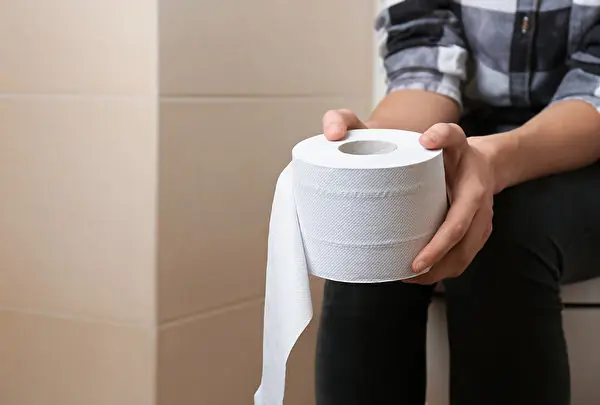
The Silent Threat: A Dangerous Disease Affecting 1 in 3 Asian Adults
The Silent Threat: A Dangerous Disease Affecting 1 in 3 Asian Adults
Do you often experience aching legs, swelling in your feet, or spend long hours sitting or standing? If so, you might be at risk of developing a condition that affects one-third of adults in Asia—chronic venous insufficiency (CVI), more commonly known as varicose veins. While often mistaken for a simple cosmetic issue, this disease can silently progress and lead to severe complications, including blood clots, skin ulcers, and even life-threatening conditions.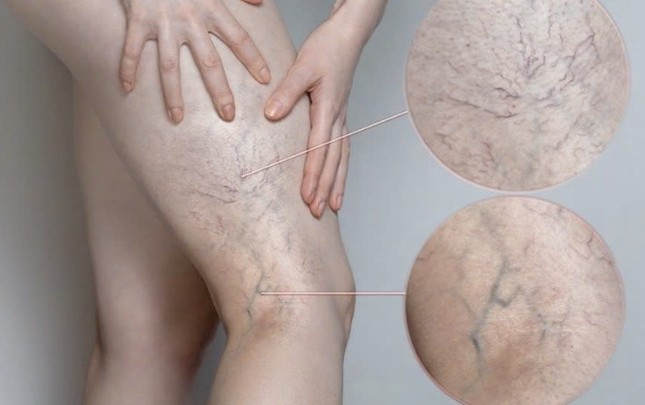
What Is Chronic Venous Insufficiency?
Chronic venous insufficiency occurs when the veins in your legs are unable to efficiently return blood back to the heart. Normally, veins have one-way valves that keep blood flowing upward, but when these valves become weak or damaged, blood begins to pool in the legs, leading to varicose veins and other symptoms.
This condition is more than just a visible problem. In many cases, it starts subtly, without pain or warning signs, and can take years to become noticeable. By the time symptoms appear, the disease may already be affecting circulation and causing long-term damage to the venous system.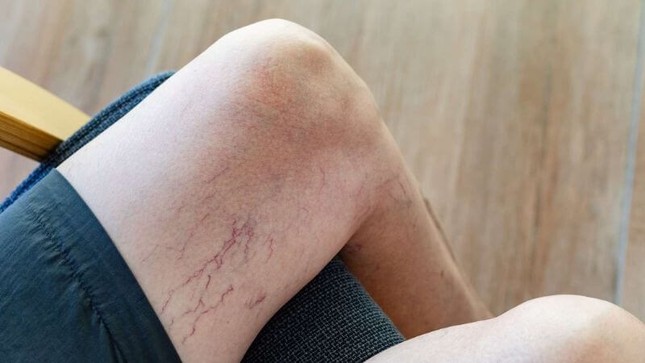
Why 1 in 3 Adults in Asia Are at Risk
The prevalence of varicose veins and venous insufficiency in Asia is on the rise—and it's not just due to aging. Lifestyle changes and modern working habits are major contributors. Here are a few key risk factors:
-
Prolonged sitting or standing: Office workers, factory staff, and even teachers often spend hours in the same position, reducing circulation in the legs.
-
Lack of physical activity: Sedentary lifestyles are becoming increasingly common across Asia, especially in urban areas.
-
Obesity: Excess body weight places more pressure on leg veins, increasing the risk of valve failure.
-
Pregnancy: Hormonal changes and increased pressure on the pelvic veins can lead to temporary or permanent venous issues.
-
Genetics: A family history of varicose veins significantly increases your risk.
Due to these factors, even young, otherwise healthy adults are not exempt from this growing health concern.
Warning Signs to Watch Out For
CVI can be difficult to detect in its early stages. Some people don’t notice anything until it becomes a serious problem. However, there are warning signs to be aware of:
-
Aching, heavy, or tired legs
-
Swelling in the lower legs or ankles (especially after long periods of standing)
-
Visible varicose veins
-
Skin discoloration, dryness, or itchiness around the ankles
-
Cramping or throbbing in the legs, particularly at night
-
Restless legs
-
Slow-healing wounds or skin ulcers near the ankles
If you experience any of these symptoms regularly, it’s essential to seek medical advice early.
The Dangers of Ignoring Varicose Veins
Many people dismiss varicose veins as a cosmetic issue. Unfortunately, untreated venous insufficiency can lead to serious health complications:
-
Deep vein thrombosis (DVT): Blood clots can form in deeper veins, potentially traveling to the lungs and causing a pulmonary embolism—a life-threatening emergency.
-
Chronic swelling and skin damage: Prolonged pressure can cause tissue breakdown, leading to eczema-like skin changes or darkening of the skin.
-
Venous ulcers: Open wounds caused by poor blood flow can become infected and take months to heal.
-
Bleeding: Varicose veins close to the skin may burst and cause spontaneous bleeding, even from minor bumps.
-
Reduced mobility and quality of life: Persistent leg pain and fatigue can limit daily activities and decrease overall well-being.
Prevention and Lifestyle Changes
The good news is that venous disease can often be managed—or even prevented—with simple lifestyle adjustments:
-
Stay active: Walking, swimming, cycling, and stretching all promote healthy blood flow in the legs.
-
Avoid prolonged sitting or standing: If your job requires this, make it a habit to take short movement breaks every hour.
-
Elevate your legs: When resting, try to elevate your legs above heart level for 15–20 minutes a few times a day.
-
Wear compression stockings: These specialized garments improve blood circulation and reduce discomfort.
-
Maintain a healthy weight: Reducing pressure on your veins will significantly lower your risk.
-
Stay hydrated and eat a fiber-rich diet: This supports overall vascular health and reduces the risk of constipation, which can strain the veins.
Treatment Options
If lifestyle changes aren’t enough or if symptoms are already present, various treatments are available depending on the severity of the condition:
-
Medications: To reduce swelling and improve vein function.
-
Minimally invasive procedures: Techniques like sclerotherapy, laser therapy, or radiofrequency ablation can close off faulty veins without surgery.
-
Surgical options: In severe cases, vein stripping or ligation may be necessary.
Consulting a vascular specialist early can help you choose the most effective treatment and prevent complications.
Take Action Before It’s Too Late
Because varicose veins often develop slowly and without immediate pain, many people ignore them until they become a serious issue. This is especially dangerous in busy modern lives, where minor health discomforts are often overlooked. The truth is, early diagnosis and management are key to avoiding long-term damage.
If you or someone you know frequently experiences leg discomfort, swelling, or visible veins, don’t delay a medical checkup. What may seem like a small issue today could silently evolve into a serious threat tomorrow.
News in the same category

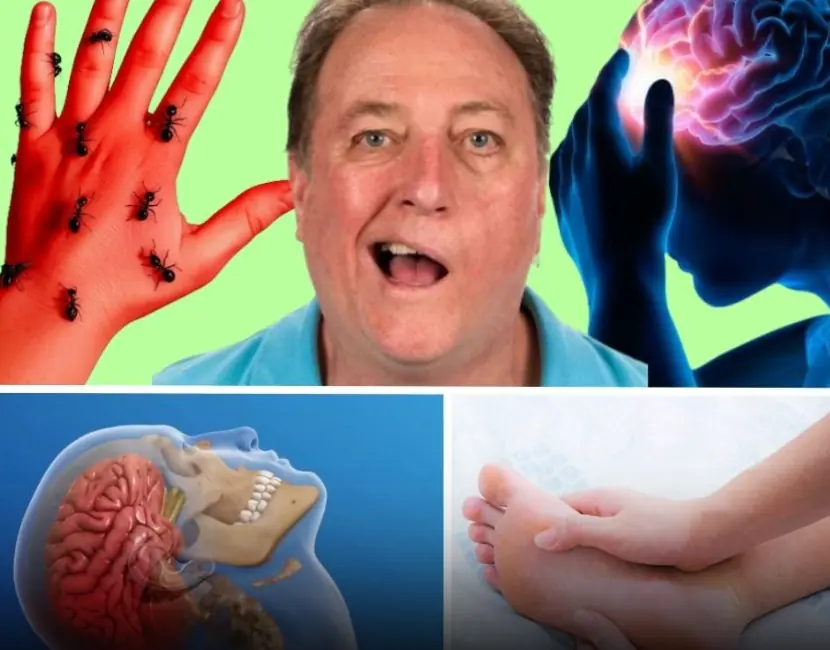
10 wa.rning signs of str.oke one month before it happens

How does your body change when you drink a cup of coffee every day?
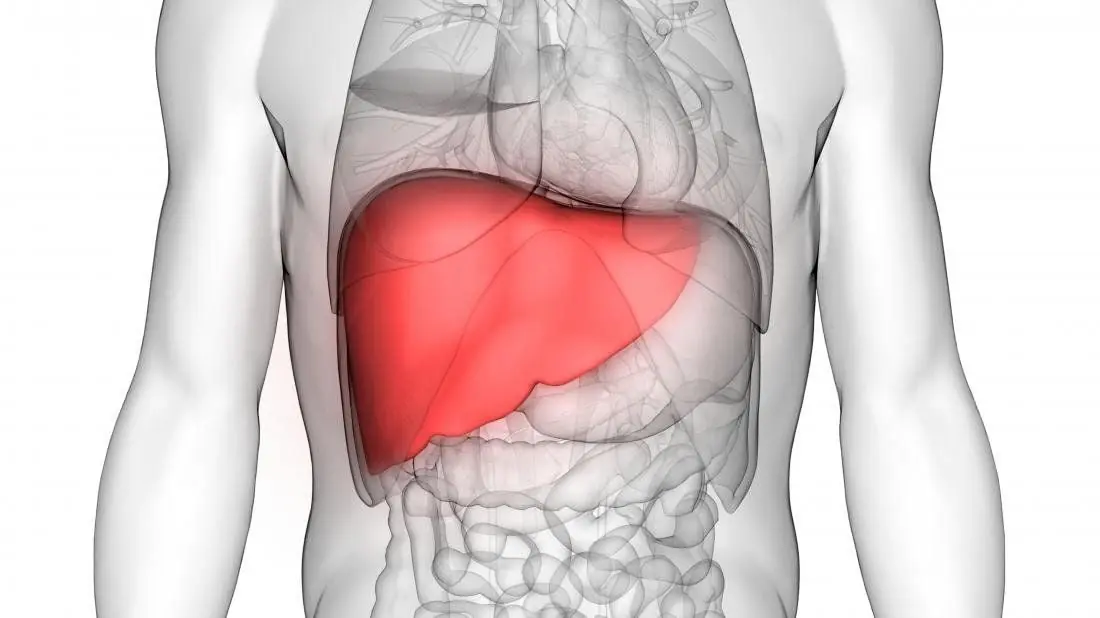
If it’s red, itchy, and smelly twice, your body may be in trouble

This common way of eating boiled eggs can clog your arteries
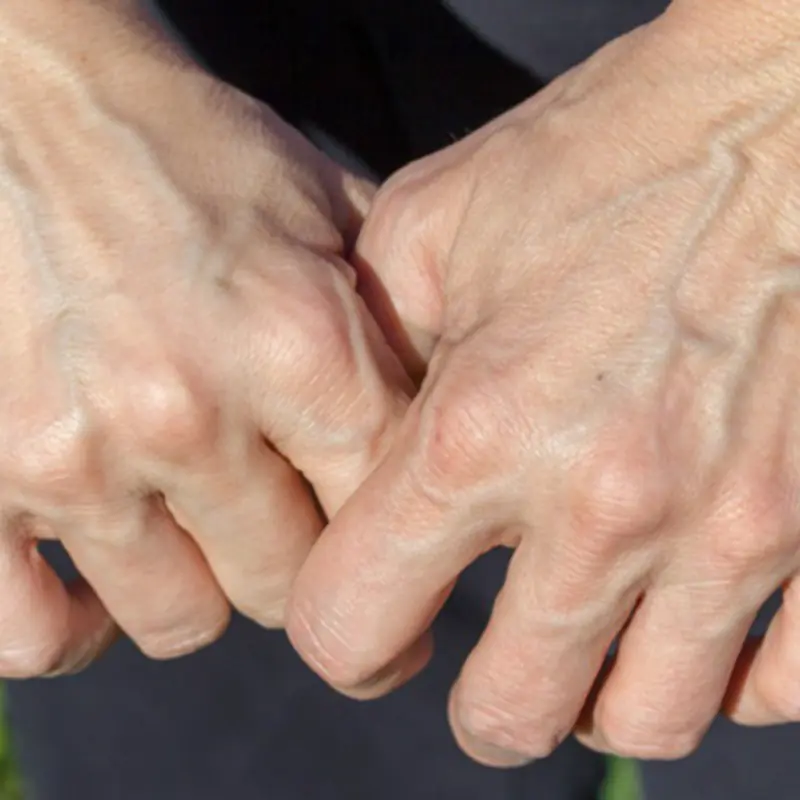
Seeing Prominent, Bulging Veins? Make Sure to Warn Them About These Things

Drinking coconut water continuously will surprise you with the benefits it brings
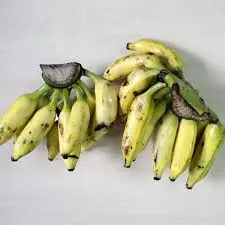
2 Times You Should Never Eat Bananas — They Could Harm Your Health
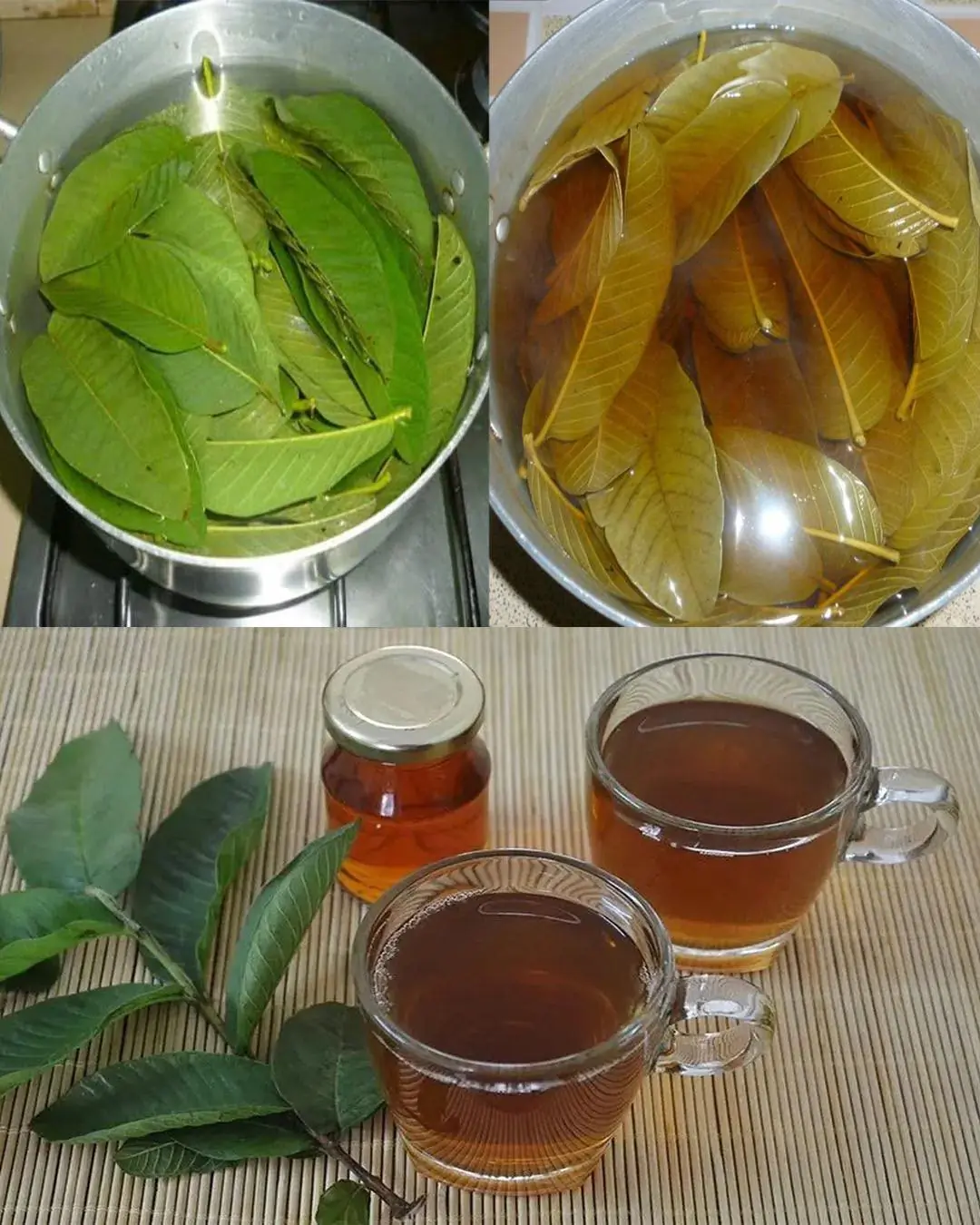
25 Incredible Benefits of Guava Leaves You Should Know
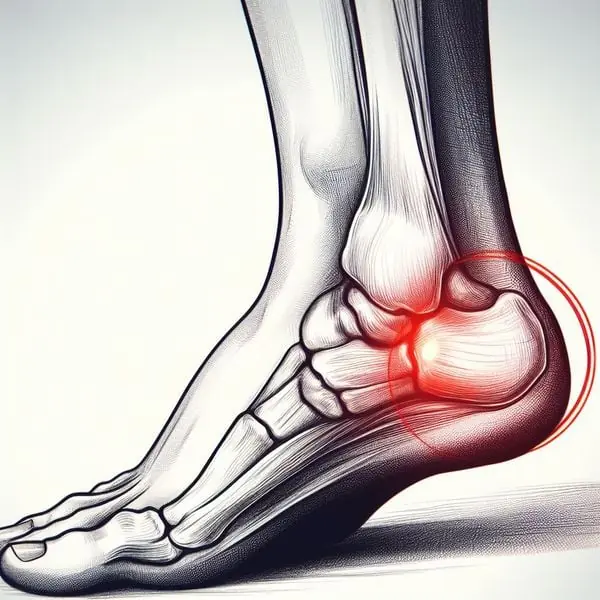
Frequent Numbness in the Legs: What Disease Could Be Behind It?

Se você notar esses 5 sintomas após as refeições, faça uma endoscopia o quanto antes!

Does Coca-Cola Consumption Reduce Life Expectancy? Surprising Findings Explained
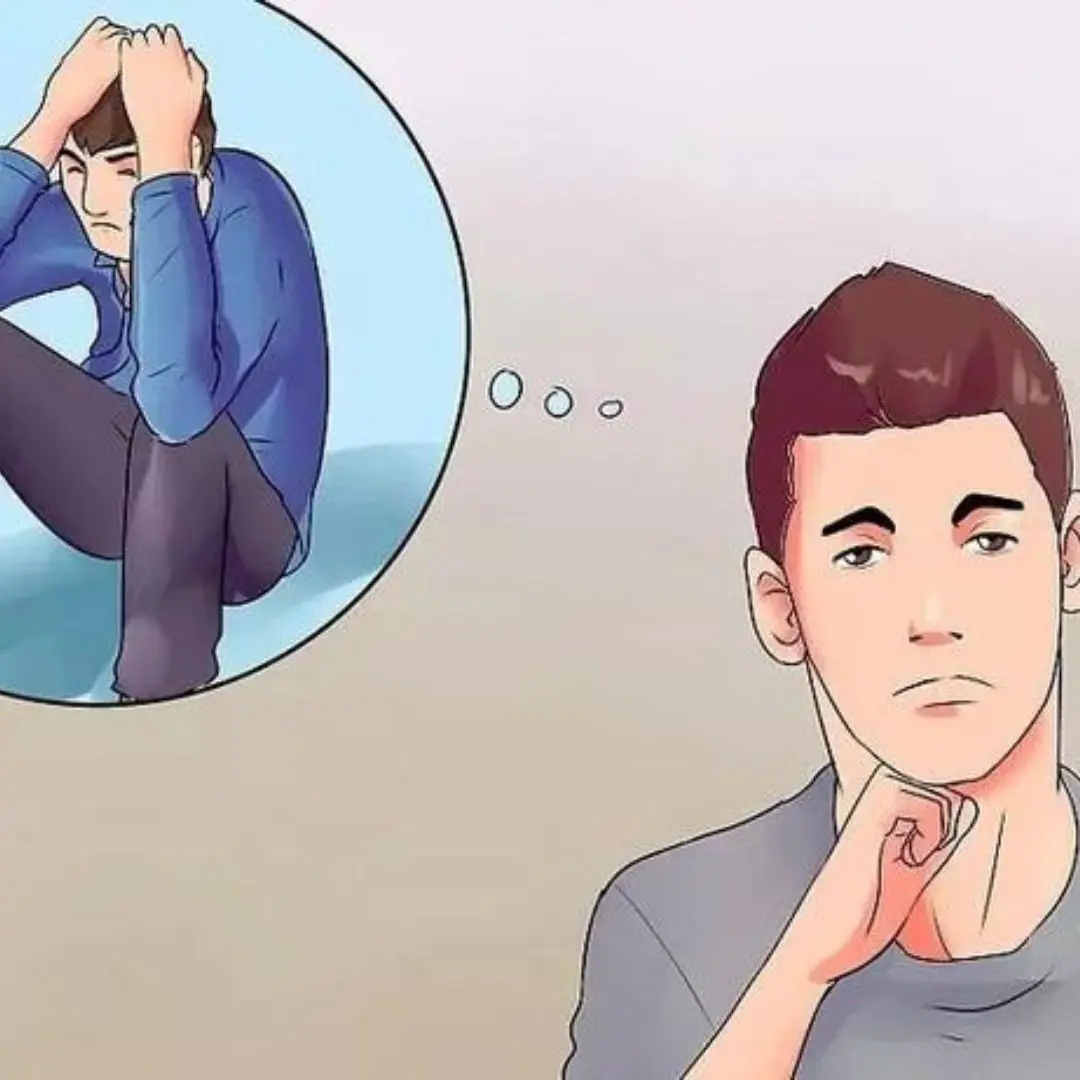
Kidney Patients: If You Forget Things Easily... Read This

Protecting Your Liver Naturally: Vegetables and Fruits That Support Liver Health
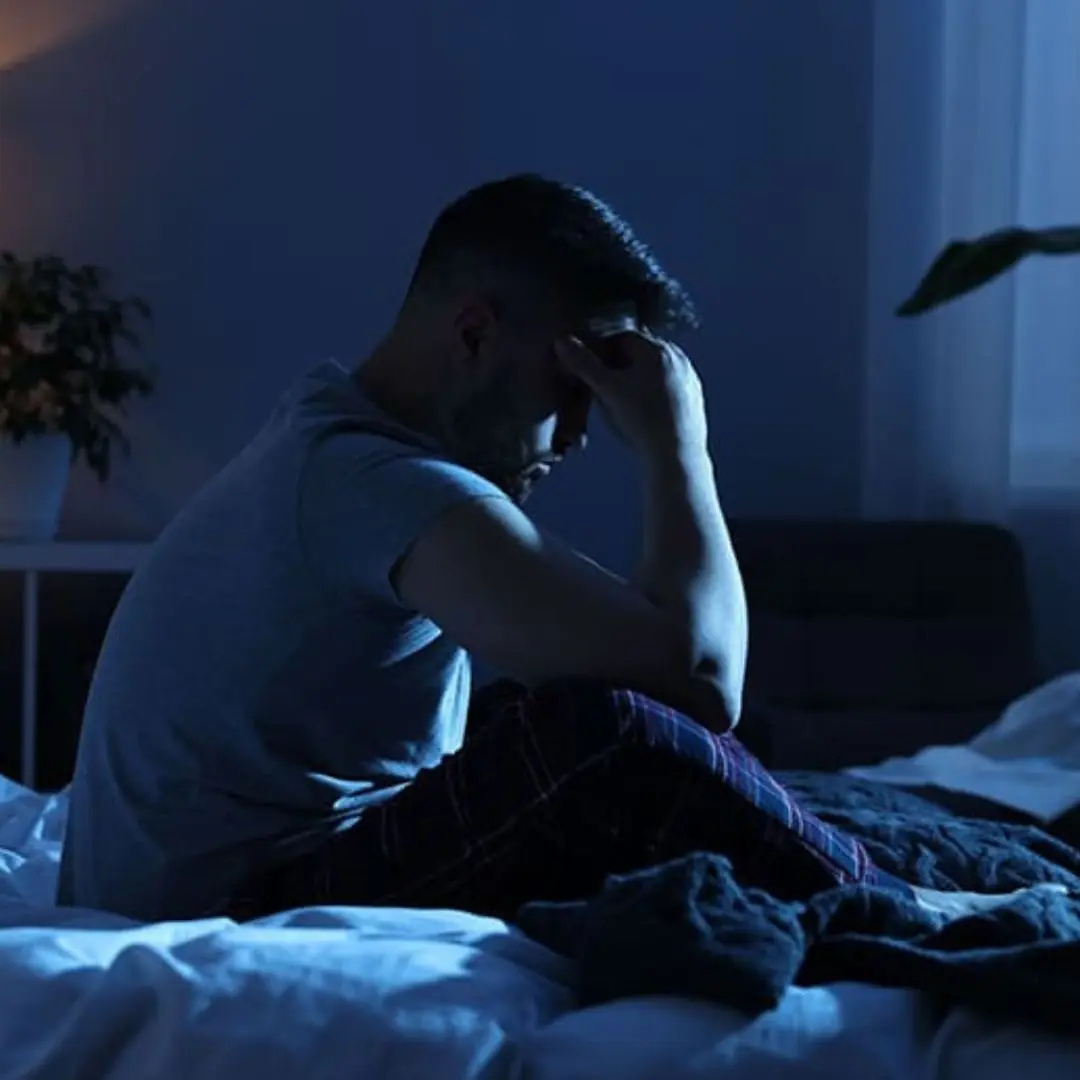
Frequent 2–4 AM Wake-Ups in People With Kidney Disease: What It May Mean
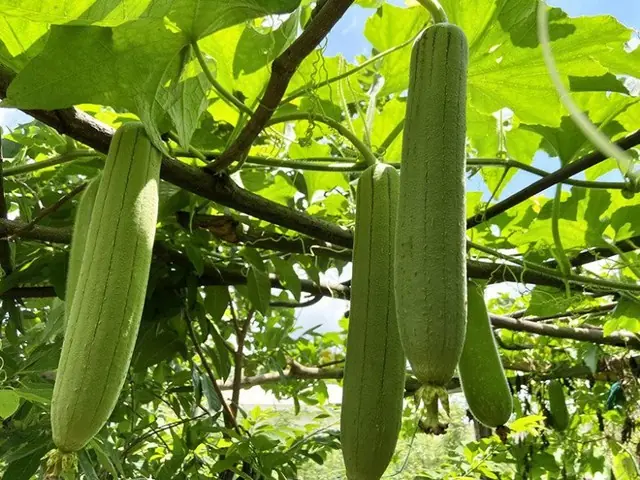
Luffa (Sponge Gourd): Nutritional Benefits, Food Combinations to Avoid, and Who Should Not Eat It
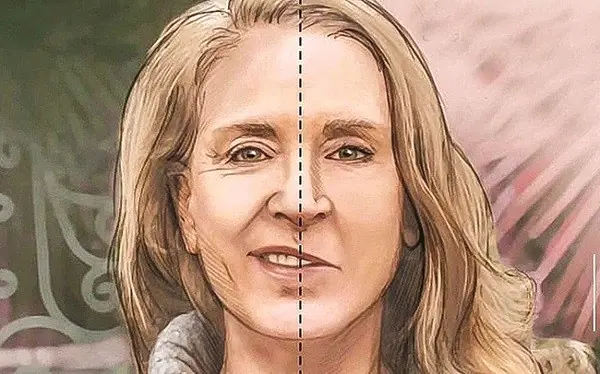
Stroke Actually Sends Warning Signals Up to 90 Days in Advance — Sadly, Few People Notice in Time to Prevent It

3 sprouting foods with remarkable health benefits
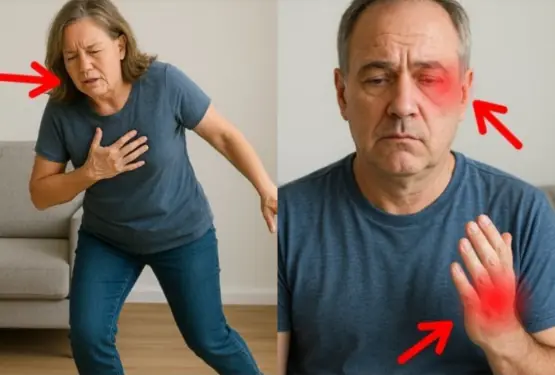
10 Stroke Warning Signs You May Notice 1 Month Before It Happens
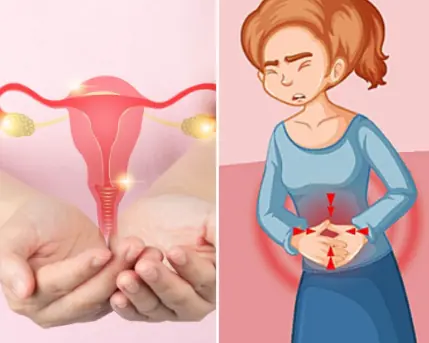
8 Early Warning Signs Of Ovarian Cancer You Shouldn’t Ignore
News Post

Doctors issue war:ning over everyday bathroom mistake linked to severe medical risks

10 wa.rning signs of str.oke one month before it happens

Creamy Seafood Lasagna with Shrimp

How does your body change when you drink a cup of coffee every day?

Teriyaki-Glazed Salmon with Radish Slices & Sautéed Greens

If it’s red, itchy, and smelly twice, your body may be in trouble

This common way of eating boiled eggs can clog your arteries

Grilled Shrimp Power Bowl with Eggs, Veggies & Fruit

Seeing Prominent, Bulging Veins? Make Sure to Warn Them About These Things

Why Do Many Foreigners Avoid Using Phone Cases?

Drinking coconut water continuously will surprise you with the benefits it brings

2 Times You Should Never Eat Bananas — They Could Harm Your Health

25 Incredible Benefits of Guava Leaves You Should Know

Frequent Numbness in the Legs: What Disease Could Be Behind It?
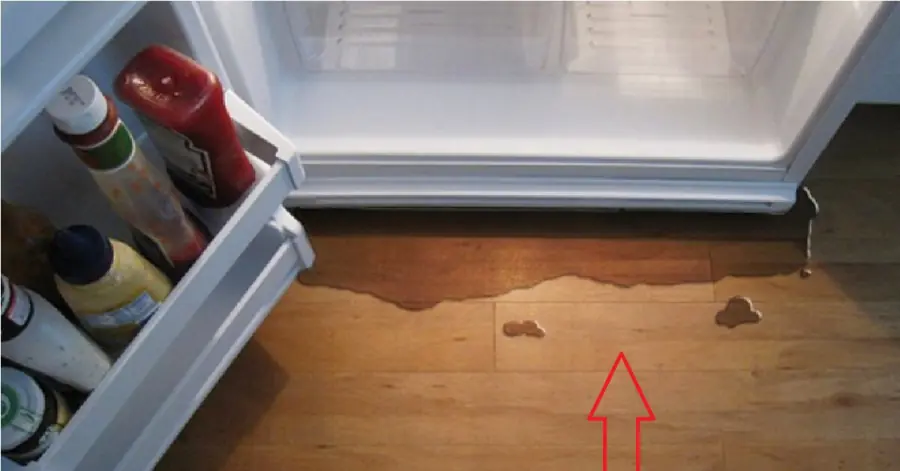
How to fix a leaking refrigerator: Simple solutions and tips to extend its lifespan

Does Coca-Cola Consumption Reduce Life Expectancy? Surprising Findings Explained
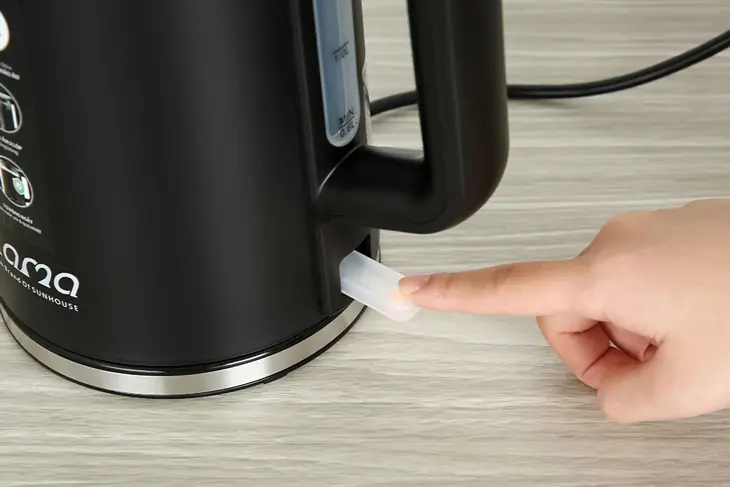
Hidden health risks of improper electric kettle use

Kidney Patients: If You Forget Things Easily... Read This

Protecting Your Liver Naturally: Vegetables and Fruits That Support Liver Health
